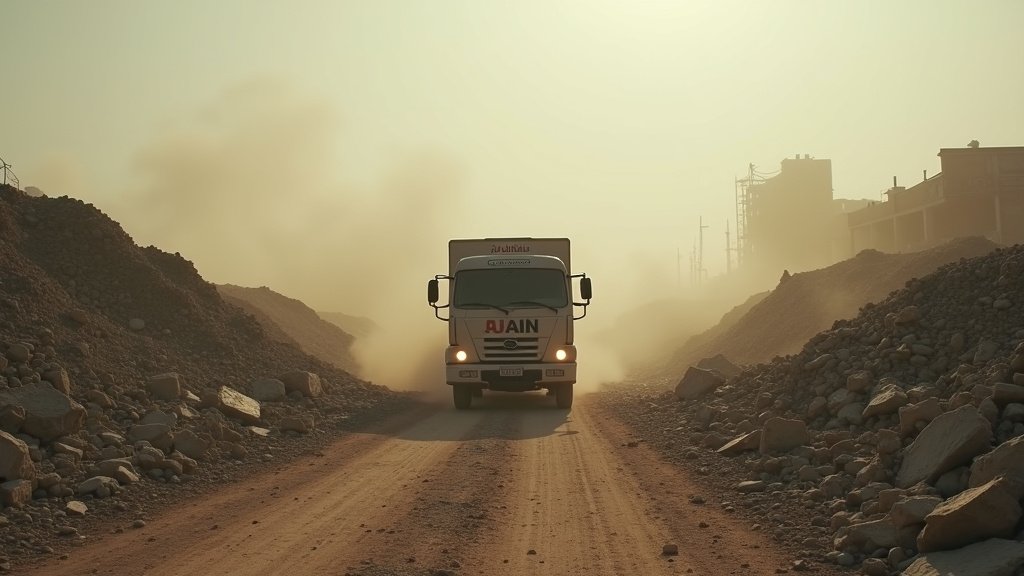Two years of relentless conflict have transformed the Gaza Strip into a landscape of unprecedented devastation, with an estimated 61 million tonnes of debris now burying the territory. This staggering figure, detailed in recent United Nations analyses, paints a grim picture of widespread destruction and highlights the immense, long-term challenges facing the Palestinian enclave. This global news underscores the catastrophic humanitarian and environmental impact of the ongoing war.
The Scale of Devastation: A Rubble-Choked Territory
The sheer volume of debris in Gaza is almost incomprehensible. According to United Nations data analyzed by AFP, this mountainous accumulation is equivalent to nearly 170 times the weight of New York’s Empire State Building. By July 2025, satellite analysis from the UN’s UNOSAT program indicated that approximately 78 percent of Gaza’s existing structures had been damaged or destroyed since the conflict began on October 7, 2023. In Gaza City, this figure rose to an alarming 83 percent. This destruction is not a uniform process; nearly two-thirds of the debris was generated within the war’s initial five months, with destruction accelerating in subsequent periods, particularly between April and July 2025 in the southern areas of Rafah and Khan Younis.
A Looming Health and Environmental Catastrophe
The debris is far from inert rubble; it poses significant and immediate health risks. Preliminary analyses by the UN Environment Programme (UNEP) warn that at least 11 percent of the debris contains hazardous materials, including asbestos from old buildings, heavy metals, and toxic paint residues. Furthermore, 90 percent of Gaza’s waste collection systems have collapsed, resulting in an estimated 100,000 tonnes of medical, food, and chemical waste accumulating in uncontrolled areas. This toxic mixture, coupled with ecological damage that has seen vast swathes of vegetation and arable land destroyed, exacerbates an already dire humanitarian situation. Coastal areas have also been physically altered, with erosion accelerating due to debris entering the sea.
Human Cost and Collapsed Infrastructure
The physical destruction translates directly into a profound human cost. Over two years of war, nearly three-quarters of Gaza’s buildings have been rendered unusable, displacing millions and leaving them without shelter. Essential infrastructure has been systematically targeted or destroyed. Reports indicate that 89 percent of Gaza’s water and sanitation network has been damaged, leading to critical water insecurity. Similarly, the health sector has been decimated, with a high percentage of hospitals and clinics damaged or destroyed, severely limiting access to medical care. The education system has also collapsed, with schools and universities in ruins, leaving hundreds of thousands of students without access to learning.
The Monumental Task of Reconstruction
Rebuilding Gaza presents a Herculean challenge, with estimated reconstruction and recovery needs ranging from $53 billion to $70 billion. A critical first step is the removal of the massive amounts of debris, a process that is expected to take many years, if not decades. UN agencies like the UNDP and UNEP are leading efforts to clear roads, manage rubble, and recycle materials to restore access to essential services. However, the sheer scale of the task, compounded by the presence of hazardous materials and unexploded ordnance, makes this an arduous and complex undertaking.
A Global Concern
The devastation in Gaza continues to be a major global news item, demanding international attention and sustained efforts for recovery and reconstruction. The rubble-choked landscape is a stark reminder of the devastating consequences of protracted conflict and underscores the urgent need for comprehensive humanitarian aid and a lasting peace. The path forward for Gaza is one of immense difficulty, requiring decades of dedicated work to clear the debris and rebuild a future for its people. This ongoing crisis remains a trending topic on the global stage, highlighting the profound and lasting impact of the war.




